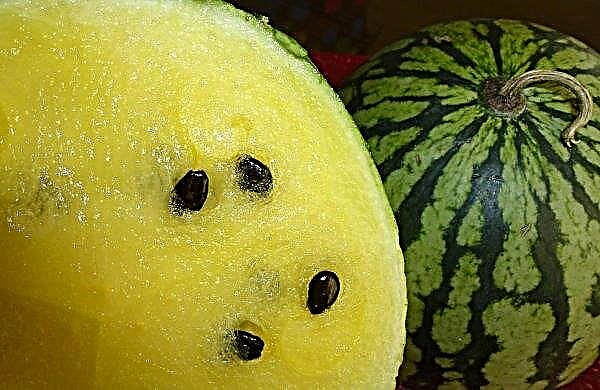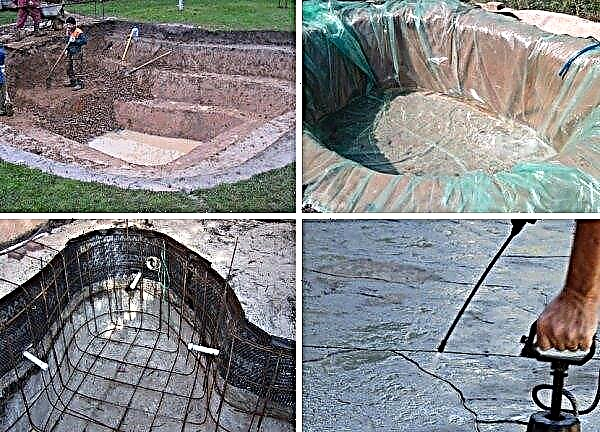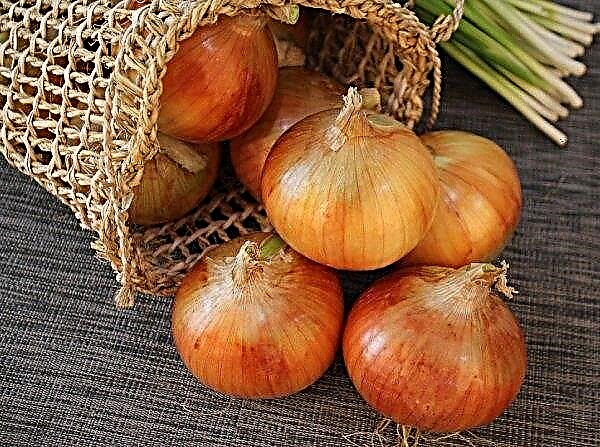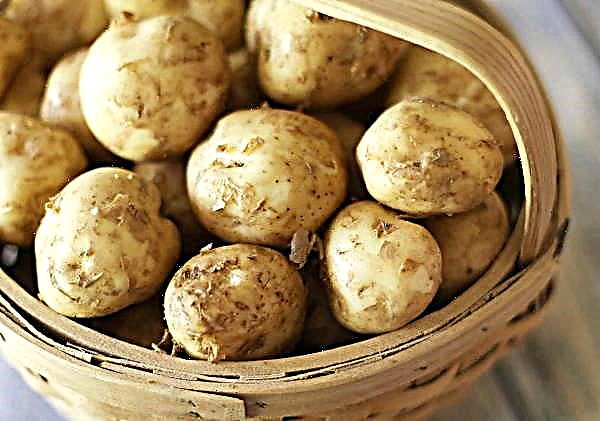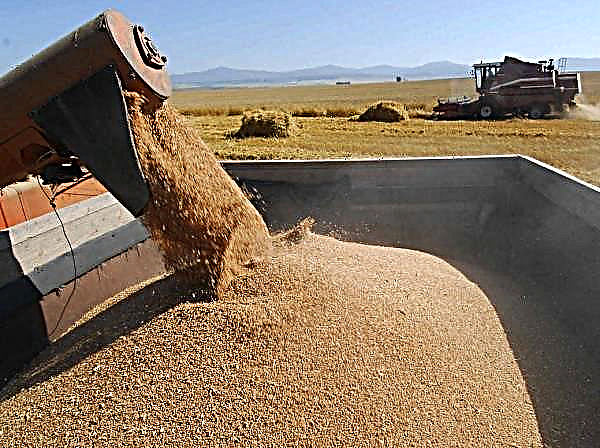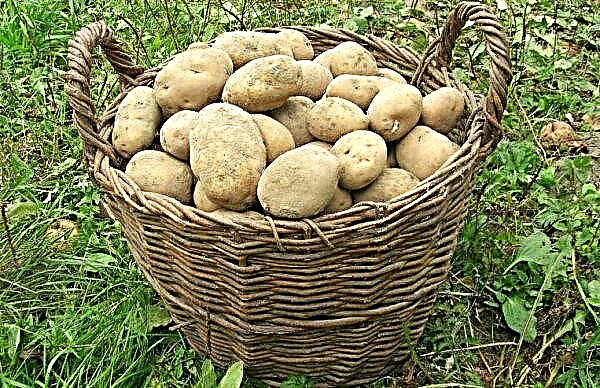Nepal imported 635 tons of pest killing chemicals worth about 830 million rupees (1 rupee - $ 0.015) for the last fiscal year alone, the Plant and Pesticides Management Center reports. According to Ram Krishna Subedi, an employee at the information center, 85% of these pesticides were applied to vegetables.
Over the past 10 years, imports of pesticides have grown by almost 5 times - from 132 tons in 2007-2008. up to 635 tons in 2017-2018 Nepal began using pesticides in 1952. Import of pesticides in 1997 amounted to only 50 tons.
“The most striking thing is that Nepal is among the countries that use the least amount of pesticides, but the health effects of these pesticides are among the highest in the world,” Subedi said.
Pesticides are mainly used for the production of non-seasonal vegetables, which are expensive but prone to attack by insects. Since most Nepalese farmers do not follow the instructions before using pesticides, their impact on consumer health can be much higher than in other countries where more pesticides are used, but in accordance with strict rules.

In most countries, manufacturers meet a waiting period of at least 2 weeks, depending on the chemical, before harvesting. In Nepal, farmers tend to harvest for 4-5 days, leaving traces of pesticides on the products. Fruits and vegetables grown in Nepal itself often exhibit alarming levels of pesticide residues.
Although imports of pesticides may be a concern, their numbers could be much higher if illegal imports across the Indian border are taken into account, officials say.

Nepal currently has 3,034 registered trademarks of pesticides and 169 pesticides, as well as 11,777 pesticide retailers. About 90% of the pesticides used in Nepal are imported from India.

